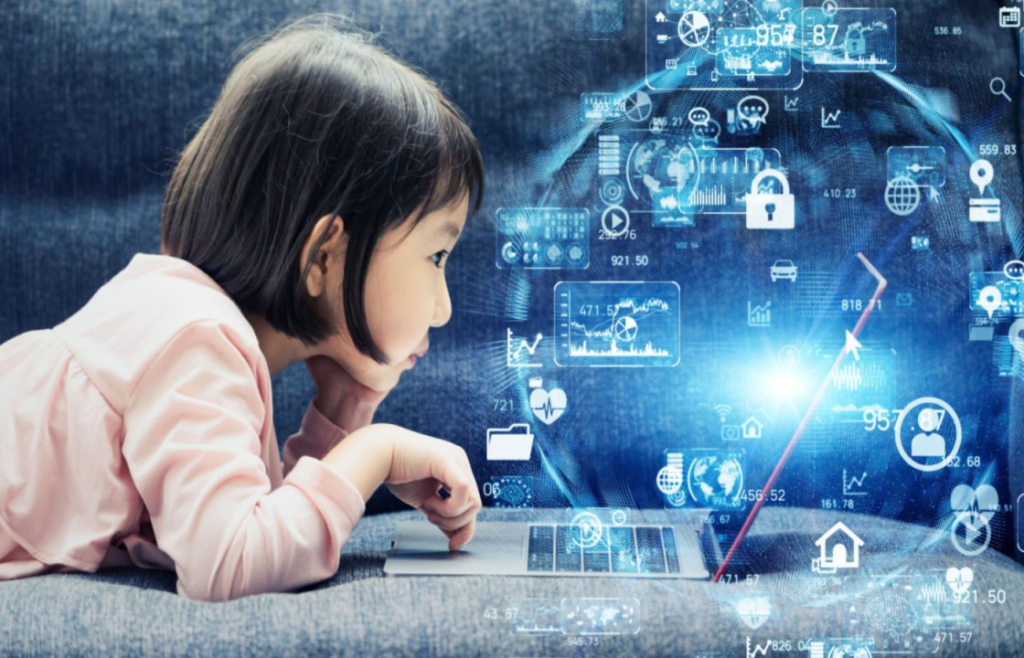As technology continues to transform every aspect of our lives, the field of education is no exception. In recent years, Artificial Intelligence (AI) has emerged as a powerful tool with the potential to revolutionize teaching and learning, offering innovative solutions to age-old challenges and unlocking new opportunities for personalized, interactive education. In this beginner’s guide, we’ll explore the basics of using AI in education purposes, from understanding its applications in the classroom to practical tips for integrating AI tools into teaching and learning activities.
Contents
Understanding AI in Education
What is AI?
At its core, Artificial Intelligence (AI) refers to the simulation of human intelligence by machines, enabling them to perform tasks that typically require human cognition, such as learning, reasoning, and problem-solving. In the context of education, AI technologies encompass a wide range of tools and applications designed to enhance teaching and learning experiences, from intelligent tutoring systems and adaptive learning platforms to automated grading and data analytics.\
The Role of AI in Education
AI in Education offers personalized, adaptive learning experiences tailored to individual students’ needs and preferences. By analyzing data on students’ performance, learning styles, and areas of difficulty, AI algorithms can provide targeted interventions and support, helping students master concepts at their own pace. Moreover, AI-powered tools can automate routine administrative tasks, such as grading and assessment, freeing up teachers’ time to focus on more meaningful interactions with students.
Practical Applications of AI in Education

Personalized Learning
One of the most exciting applications of AI in education is personalized learning, where AI algorithms adapt learning materials and activities to each student’s unique needs and abilities. Intelligent tutoring systems use AI to deliver individualized instruction, providing real-time feedback and guidance based on students’ responses. Adaptive learning platforms adjust the difficulty level and pace of instruction in response to students’ performance, ensuring that they remain challenged and engaged.
Automated Grading and Assessment
AI-powered grading and assessment tools streamline the evaluation process, allowing teachers to assess students’ work more efficiently and effectively. Natural Language Processing (NLP) algorithms can analyze students’ written responses and essays, providing instant feedback on grammar, coherence, and content. Similarly, machine learning algorithms can assess students’ performance on quizzes and tests, identifying patterns and trends to inform instructional decisions.
Intelligent Content Creation
AI in Education can be utilized to generate educational content tailored to students’ needs and learning objectives. Natural Language Processing (NLP) algorithms can analyze existing educational materials, such as textbooks and articles, to extract key concepts and develop personalized learning resources. Additionally, AI-driven content creation tools can generate interactive multimedia materials, such as videos, simulations, and quizzes, to enhance students’ understanding and engagement with the material. By leveraging AI for content creation, educators can provide students with dynamic, engaging learning experiences that cater to their individual learning styles and preferences.
Adaptive Learning Pathways
Adaptive learning platforms use AI algorithms to dynamically adjust the difficulty level and pace of instruction based on students’ performance and learning progress. These platforms analyze data on students’ responses to quizzes, assignments, and assessments to identify areas of strength and weakness, tailoring learning pathways and activities to address each student’s individual needs. By personalizing the learning experience in this way, adaptive learning platforms help students stay engaged and motivated, while also providing teachers with valuable insights into students’ learning progress and areas for intervention.
Integrating AI into Teaching and Learning
Embracing Digital Learning Platforms
To harness the benefits of AI in education, educators can leverage a variety of digital learning platforms and tools designed to enhance teaching and learning experiences. From AI-powered tutoring apps to interactive simulations and virtual labs, these platforms offer opportunities for students to engage with content in new and exciting ways. By integrating AI into their instructional practices, educators can create dynamic, personalized learning environments that cater to diverse learning styles and preferences.
Fostering Collaboration and Creativity
AI technologies can also facilitate collaboration and creativity in the classroom, enabling students to work together on projects and explore complex concepts in innovative ways. For example, AI-driven collaborative tools can facilitate real-time collaboration on documents and presentations, allowing students to brainstorm ideas, provide feedback, and co-create content. Moreover, AI-powered creative tools, such as generative design software and artistic style transfer algorithms, can inspire students to explore their creativity and express themselves in new and exciting ways.
Ethical Considerations and Challenges
Data Privacy and Security
As educators embrace AI in Education, it is essential to prioritize data privacy and security to protect students’ sensitive information. AI-powered learning platforms collect and analyze vast amounts of data on students’ interactions and performance, raising concerns about data privacy and the potential for misuse or unauthorized access. To address these concerns, educators must ensure that AI tools comply with data protection regulations and implement robust security measures to safeguard students’ personal information.
Equity and Accessibility
Another challenge in using AI for educational purposes is ensuring equity and accessibility for all students, regardless of their background or abilities. AI algorithms may inadvertently perpetuate biases or disparities in educational outcomes, particularly if they are trained on biased or unrepresentative datasets. Moreover, students with disabilities or special needs may face barriers to accessing AI-powered learning tools if they are not designed with accessibility in mind. To promote equity and inclusion, educators must prioritize diversity and inclusivity in AI tool development and implementation, ensuring that all students have access to high-quality, inclusive learning experiences.
Conclusion
As AI continues to evolve and shape the landscape of education, it is essential for educators to understand its potential applications, benefits, and challenges. By embracing AI technologies responsibly and ethically, educators can create dynamic, personalized learning environments that empower students to thrive and succeed. Whether through personalized learning experiences, automated grading and assessment, or collaborative creative projects, AI has the power to transform teaching and learning in profound ways. With careful consideration of ethical considerations and a commitment to equity and accessibility, educators can harness the full potential of AI in Education to unlock new opportunities for student engagement, achievement, and growth.




